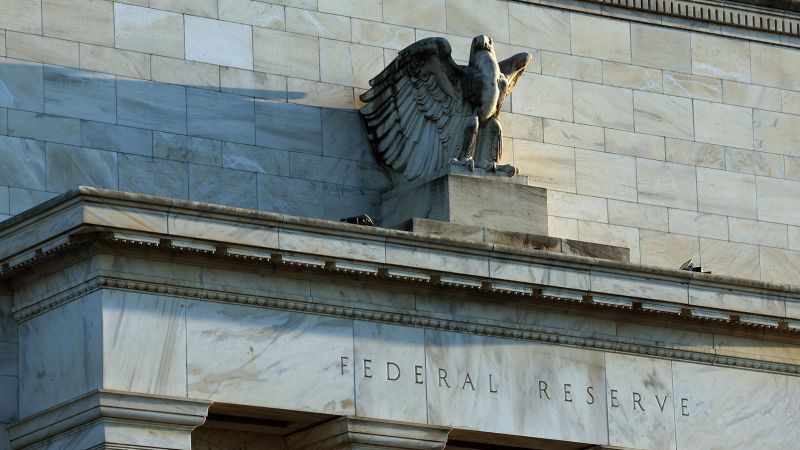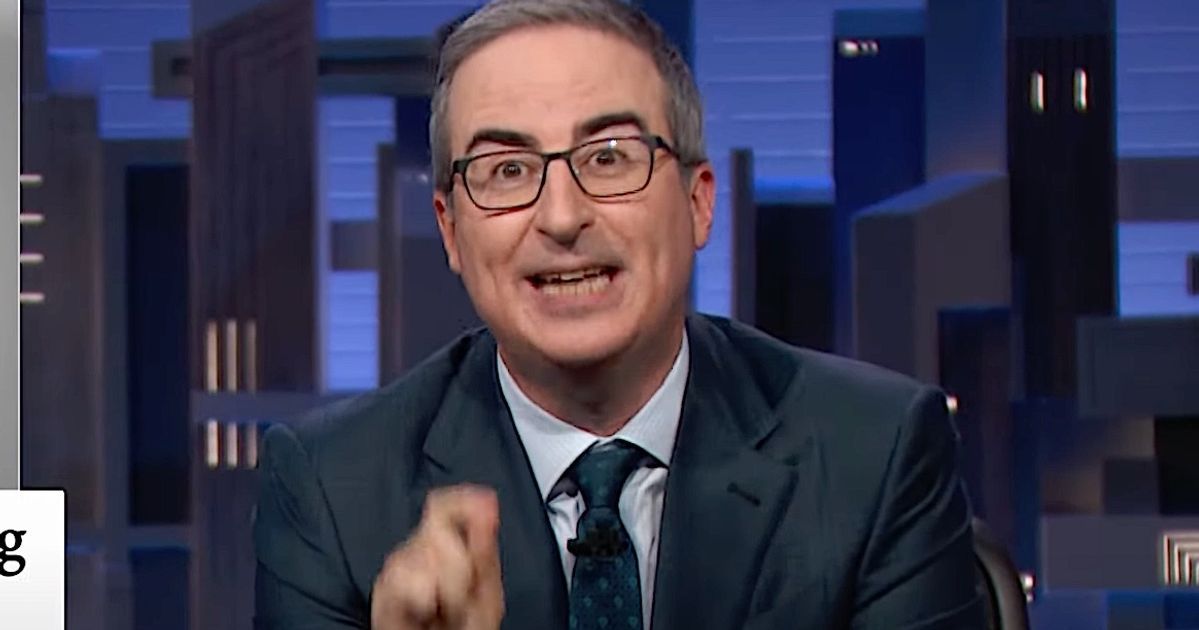Why a US recession is probably coming
New York CNN —
Want to know what the future holds for the US economy? You’ll have to consult your crystal ball.
But if that doesn’t work, Jake Jolly, head of investment analysis at BNY Mellon Investment Management, has outlined three possible scenarios, each considering the impact of the banking crisis, the “stickiness” of inflation, and the path of rate hikes by the Federal Reserve.
Each year, Jolly and his team debate scenarios for the economy going forward. Once they come to an agreement on what could happen, they aggregate and build charts that show the balance of risks across economic variables and financial metrics.
Through a combination of their own subjective views, along with quantitative and qualitative market analysis and some historical perspective, they’ve attempted to clear some of the clouds that make what comes next for the economy so uncertain.
Two things are very apparent, Jolly told CNN: “A recession sooner or later remains more likely than not,” and “the longer-term outlook, post-shakeout, remains relatively positive for equities — we just have to get past a volatile reset first.”
The Federal Reserve Headquarters are pictured on March 21, 2023 in Washington, DC. Kevin Dietsch/Getty Images
Here are the three possible scenarios — and the probabilities that they happen — that Jolly’s team has mapped out:
Scenario 1: The credit crunch — 50% probability
It certainly isn’t the best-case scenario.
This imagines what would happen if the Federal Reserve hikes interest rates two or even three more times as the banking turmoil in the United States and Europe cause credit conditions to tighten significantly.
That would catapult the United States into recession during the second half of 2023 (Europe and the UK will feel it even earlier). The red-hot labor market would loosen quickly, and layoffs would be widespread.
China’s post-Covid reopening sent a boost through the global economy. But that would be quickly stymied by the recession. “If the US sneezes, the world catches a cold,” said Jolly.
Scenario 2: Delayed Landing — 30% probability
In this scenario, key global central banks pause their rate hikes in response to the banking crisis. Labor markets remain exceptionally tight and wage growth re-accelerates, adding to sticky inflation levels.
China’s reopening, meanwhile, ends up being inflationary for core goods.
As inflation grows again, central banks are forced to hike rates even more, sending the United States into recession in the second half of 2024.
Scenario 3: Soft Landing — 20% probability
This would be the ideal and, according to Jolly, least likely scenario.
Inflation continues to fall without much need for Fed tightening, and interest rates peak at 5%. Job loss is minimal as wage growth decelerates alongside inflation.
China’s reopening has positive spillover effects and is, on balance, disinflationary for core goods.
“This is a challenging business cycle to read,” said Jolly. “There are dynamics in the post-Covid world that are weird: The labor market not behaving in ways we would have expected it to at this point. It’s possible that the economy sees disinflation in a way that it hasn’t in previous cycles.”
Has the gig economy peaked?
During the pandemic, the share of Bank of America customers who received income from gig-type jobs grew three times higher, the bank wrote in a recent note.
That seems to be coming down now.
BofA saw gig-type income through direct deposits or debit cards slip to 2.7% in February 2023, from a high of 3.3% in March 2022.
So is the height of the gig economy behind us?
“In our view, the recent decline partly reflects lower demand,” wrote analysts. “Specifically, fewer restaurant takeout orders and grocery deliveries as the economy has reopened, and a shift from goods to services spending could mean less gig work at delivery and social commerce marketplace platforms.”
But it could also be a supply-side issue. Research shows that gig workers tend to work in the service industry. Strong wage growth in that sector might have enticed those workers into full-time jobs.
“In fact,” wrote the analysts, “we think this rotation from gig work to traditional jobs could partly explain the recent increase in the labor force participation rate for younger workers.”
The labor force participation rate, at 62.6% continued to trend up in March, according to BLS data. The participation rate for prime-age workers, those between the ages of 25 and 54, was just over 83%, its highest level since January 2020.
First Republic failure doesn’t raise recession risk, says JPMorgan’s Dimon
The failure of First Republic Bank does not increase the chance of recession, Jamie Dimon said Monday after JPMorgan Chase bought most of the embattled regional lender’s assets.
“It hasn’t changed anything about the odds of a recession,” the chief executive said in response to a question from CNN during a press call.
He also assured investors on a later call that the banking system is “very stable.”
But Dimon warned that while the banking turmoil has been contained, the economy isn’t out of the woods, harkening back to his statement in earlier weeks that storm clouds are ahead for the economy.
“Down the road, rates going way up, real estate, recession — that’s a whole different issue. But for now, we should just take a deep breath,” he said.
Shares of JPMorgan Chase (JPM) rose 2.1% on Monday.
Source: CNN


